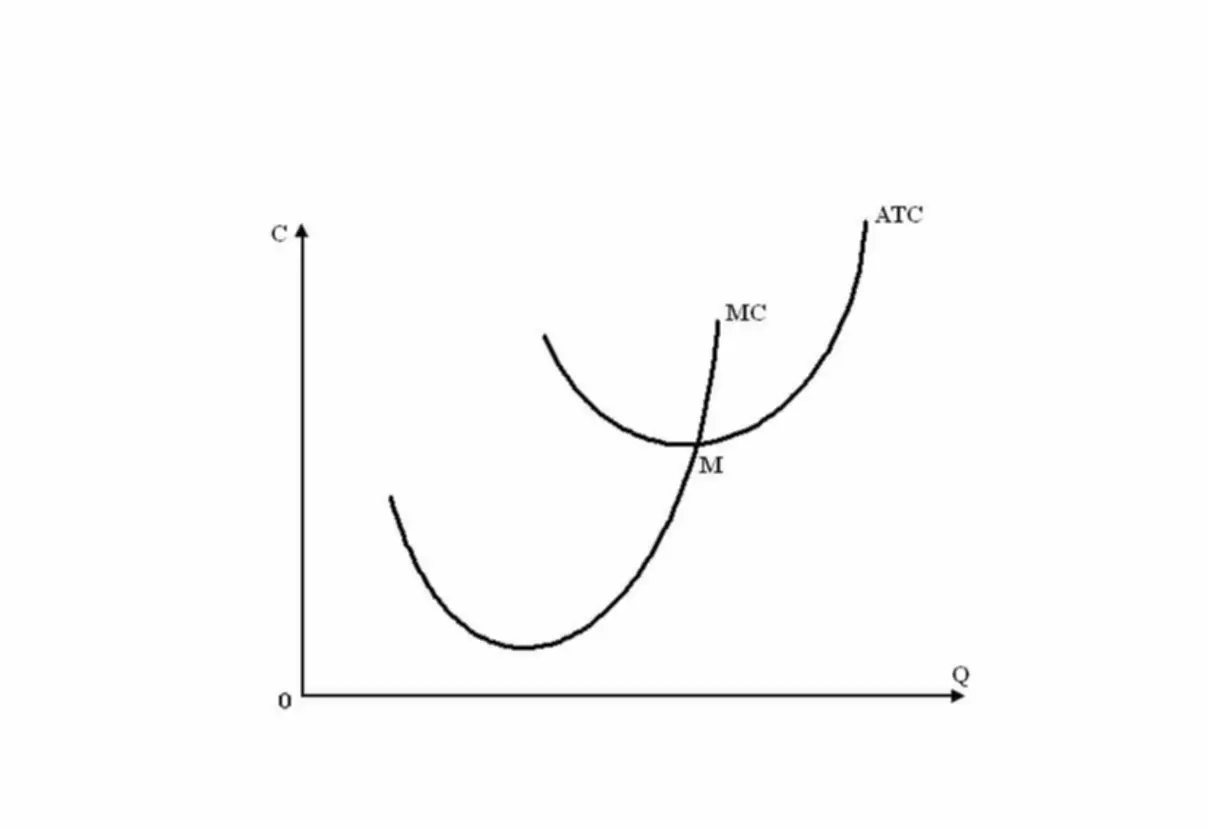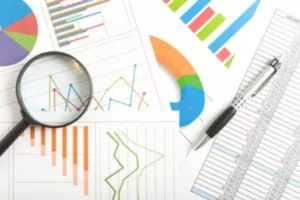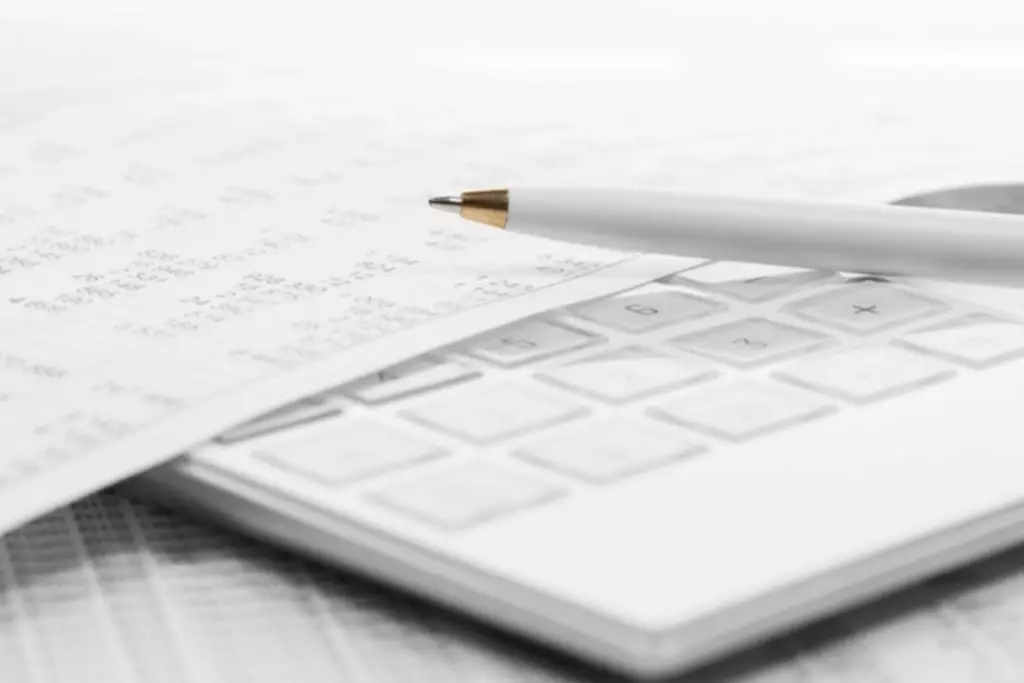Content

This could increase the risk of losing talented staff to competitors that invest in AP automation tools. This indicates that goods were received by the business and an invoice was sent by the supplier. The amounts are tallied to determine whether the invoice should be cleared in its entirety, or if a partial payment must be made. Naturally, managing stacks of paperwork and invoices is an arduous task that is bound to incur its share of difficulties. Human error and inefficiencies can be avoided simply by migrating to automated three way match best practices.
What is a three-way matching in accounting?
Three-way matching is a payment verification technique that compares the details associated with a particular purchase across a trio of related documents. Once the information is validated, payment can be sent. If one or more details fail to match, another AP process is triggered to investigate the discrepancies.
First, an AP clerk calls up the purchase order to verify that the marketing department was authorized to purchase 100,000 brochures from that vendor. Then the clerk checks that the price for printing the brochures match. The clerk will also verify that the name of the https://www.bookstime.com/articles/what-is-3-way-matching-in-accounting invoicing company matches the name of the company on the purchase order. This is done to make sure the invoice is not a rogue request from a third party trying to be paid for a phony order. They see that 20 pallets of brochures were, in fact, delivered by the printer.
Automate Three-Way Matching With Accounting Software
This is especially important if the business received only a part of the order. When calculated for several goods on a monthly basis, manual processing costs may run into six figures. Misplaced paper documents, incorrect information, and human oversight further increase the cost of manual invoice matching. For example, our team has simplified the procure-to-pay process with solutions like the Unified Goods & Services receipt application.

The purchase order is an official confirmation receipt of the order sent by the buyer to the vendor. The purchase order authorizes the purchase and includes information like PO number, payment information, and description of goods and their quantity. In brief, three-way match accounting is a way to handle payments promised to suppliers while protecting the business from the risk of spending (or losing) money unnecessarily. Proper matching builds confidence in the organization’s supply procedures while minimizing impacts on cashflow outside of the funds authorized for purchasing. Traditionally, an accountant in the accounts receivable department would have to gather all the relevant paper documents in a transaction in order to satisfy their matching procedures. Over time, documents can get lost or stolen, or figures can be miscommunicated and lead to costly mistakes that can delay business processes.
Three-Way Matching Helps Businesses Catch Fraudulent Invoices
In high-growth businesses, every operation (both front and back-office) is inexplicably tied to investment versus reward. To survive this uncharted road ahead, the modern finance team has to future-proof their organization with technology. In our e-book, The Ultimate Accounts Payable Survival Guide, we’ll help you navigate tasks like automating the invoice process and demonstrate how real-life survivalists scaled their businesses. Manual matching takes time to complete, even with two or three employees working together.

Unfortunately, 3-way matching has a reputation for being labour-intensive, time-consuming, and tedious when done manually. It requires both the purchaser and the vendor to send several documents back and forth for verification purposes. For services, challenges tend to arrive when businesses are required to track services in a Service Entry Sheet (SES), entirely separate from their purchases.
The difference between 2-way, 3-way, and 4-way matching
If the three documents fail to match, a hold is put on the invoice, effectively stalling operations until the issue is rectified. If your company’s balance sheet is not portraying an accurate picture, you’re shooting in the dark. GEP SMART is an AI-powered, cloud-native source-to-pay platform for direct and indirect procurement. This provides visibility and accessibility of all business data in a single organised database.

Meanwhile, the 4-way match adds another layer for inspection and verification purposes. If the three essential documents (PO, invoice, and receiving report) coincide with the actual delivery, then it’s a three-way match. If you feel like this process doesn’t offer your company enough security against invoice fraud, you could also opt for different types of invoice matching.
Damaged items
If all details match, payment(s) can be made and the three-way matching in accounts payable is considered done. Or if the discrepancy is less than 10%, a partial payment can be made, along with an automated email to the vendor asking to clarify why the invoice price is 10% higher than the PO amount. Finally, if everything is in order, a full payment could be released, pending delivery confirmation. The entries on the two documents are then cross-matched against each other. Once in the system, pre-established routing can take place for approvals, matching, and verification. With a strong software solution this will include notifications to keep the involved parties informed that there is work to be done or that a particular document requires attention.
What is the difference between a 2 way and 3 way invoice match?
Two-way matching involves checking the invoice amount and details against the purchase order. In three-way matching, the invoice is checked against the purchasing order as well as the receiving report (sales receipt) before payment is approved.
The goal of this approval process is to ensure that each invoice is consistent with the products and amounts ordered, as listed on the purchase order. Then, it ensures this matches the goods delivered to the receiving department and listed on the corresponding receiving report. The essence of three-way matching is to eliminate fraud, and to ensure all incoming invoices are properly vetted before making payments on them. Now, while that is an ideal course to pursue, an organization’s accounts payable team might encounter hitches that hinder them from doing their best work and making sure every supplier gets paid on time. With these three documents in hand, the accounts payable personnel can crosscheck to determine whether a supplier’s invoice is legitimate, before making payment.
Delivery verification
The difference between 2-way and 3-way matching for accounts payable is the number of documents that are compared to ensure that they match before a payment is made. In addition, accountants also ensure that all the financial data is accurate and up-to-date. This will provide transparency and ensure timely and accurate payment to vendors. 3-way matching is comparing three data sets to identify potential fraud or error. This includes information from your bank, the customer’s bank, and company records.
- Sometimes, an exception is found between the three documents in 3-way matching (which means the process worked).
- Considering alternative methods, like automated processing, can save a large portion of the budget allotted for manual handling.
- In this case, delivery receipts wouldn’t pass the three-way matching process.
- Automation streamlines and speeds up the three-way matching, making it possible to authorize payments promptly and take advantage of early payment discounts.
- But with an automation solution, a higher quantity of invoices won’t incapacitate teams.
But when you receive the invoice, you notice that the supplier billed you for eleven boxes. An incoming invoice can be automatically compared and matched with corresponding documents. With a software solution, three-way https://www.bookstime.com/ matching happens automatically, guaranteeing faster checking and better accuracy. In the future, AP teams might note that invoices from specific suppliers can be trusted and maybe only require a quick scan.
